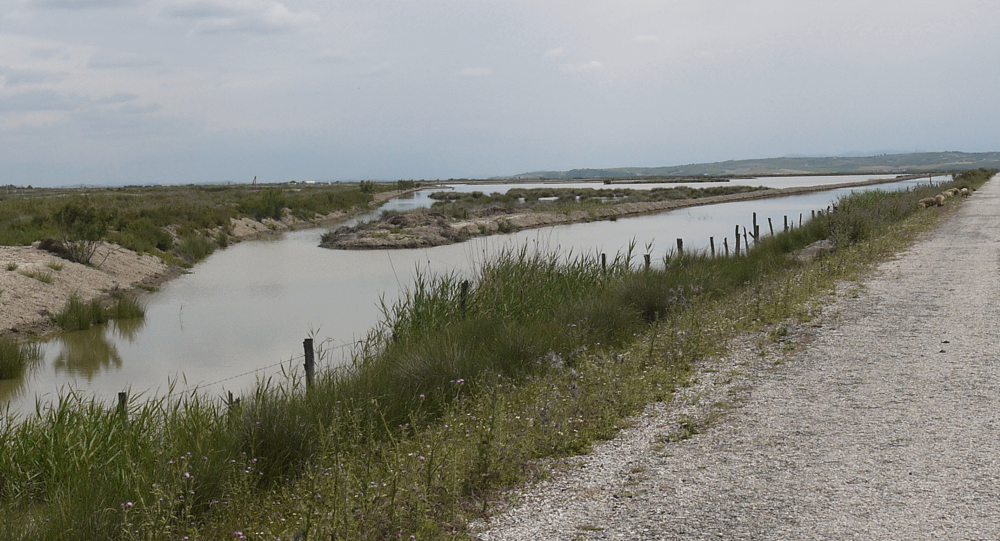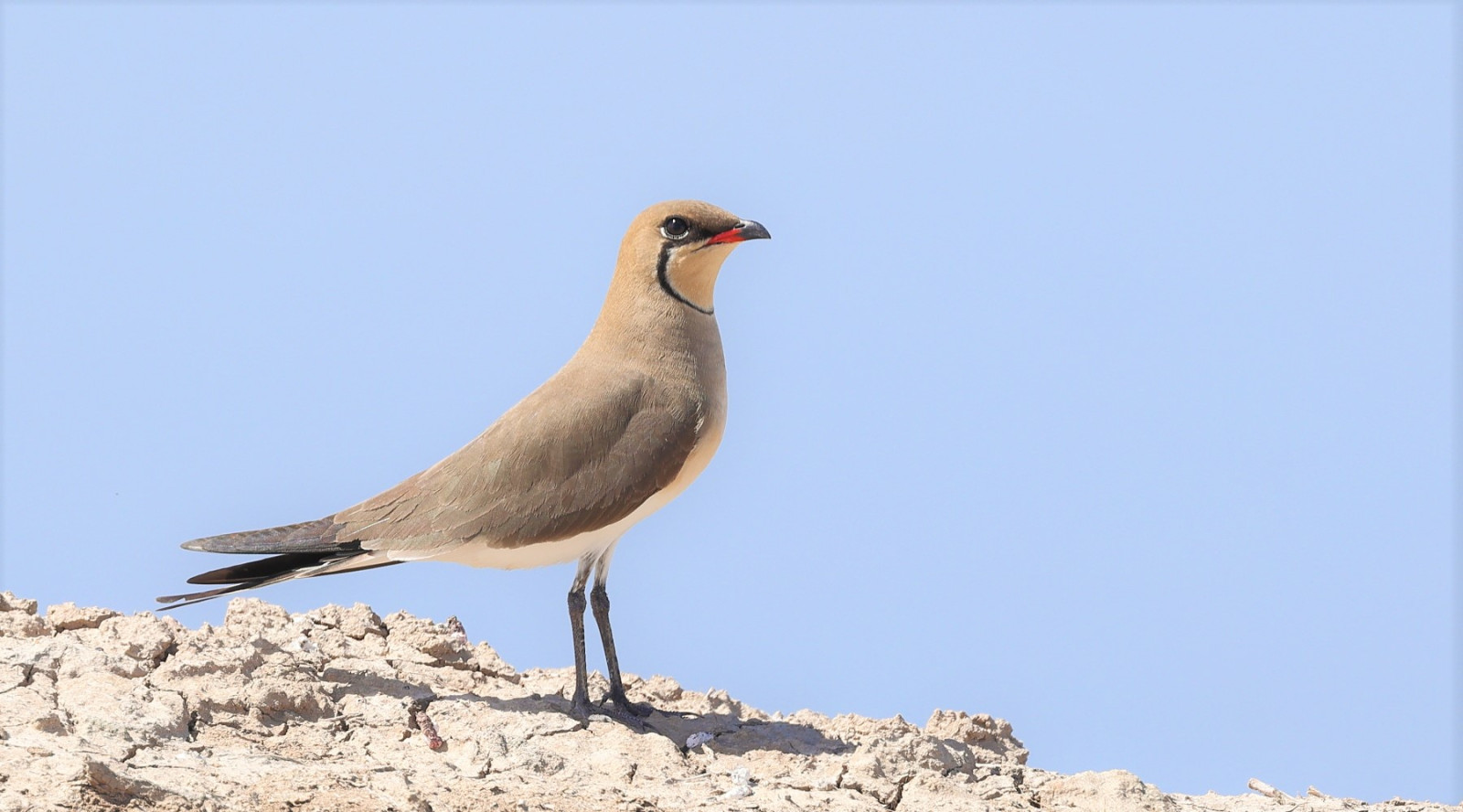Beschreibung
Route on the east bank of the Guadalquivir. Starting at the northern end of Pinar de Algaida you have a good view across the marismas where you have a good chance of Rohrweihe and Rotmilan (local in Cadiz province). Continuing towards the River Gudalquivir by turning left (near a prominent weir) you have the river on the right and more marismas on the left. Look for a variety of waders in riverside pools, scan the low salt-resistant vegetation for Wiesenschafstelze, Kurzzehenlerche and Brillengrasmücke (summer) and the resident Stummellerche. The very scarce Spießflughuhn is an outside possibility here. At the end of the drivable track scan the flooded salinas for Rosaflamingo and keep an eye on the sky for a variety of raptors.
Returning to the weir continue along the Guadalquivir (now on your left) but stop after c400m at the first set of pools on your left. This is the Codo de la Esparraguera which is a prime site for Marmelente although this iconic species can be seen anywhere in the pools for the next 3 km. These pools also hold Sichler, Rosaflamingo, Löffler, Kolbenente, etc. The river itself attracts Lachseeschwalbe and Dünnschnabelmöwe and Rotflügel-Brachschwalbe hawk over the marshes.
Just after the road turns away from the river towards Trebujena, pull over and explore the new reserve across the road to explore the site on foot. At the time of writing (April 2020) this is still being developed but when complete will consist of several pools, a hide and watchtower. Again look out or Brillengrasmücke and Stummellerche in the low cover here and scan the marismas from the watchtower for the very elusive Spießflughuhn (esp. early morning/evening). As the road climbs towards Trebujena you enter an area of low intesity vineyards. In late spring and summer this area should be checked for the rare and declining Heckensänger (best sought for in the morning).
Details
Zugang
Accessed from Bonanza via Pinar de Algaida or from Trebujena along reasonable tracks and metalled roads.


